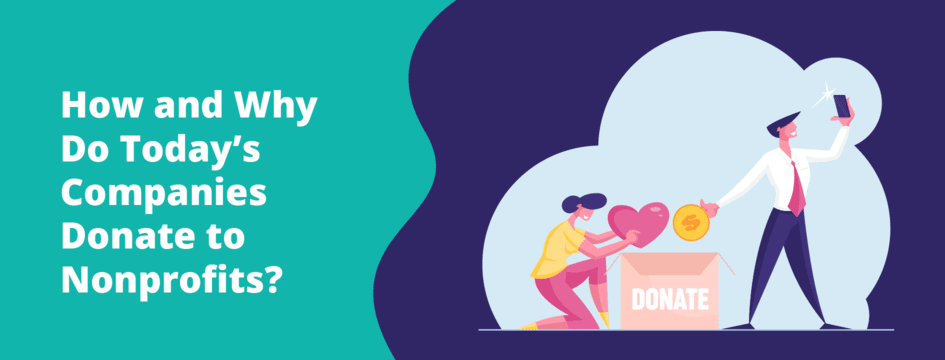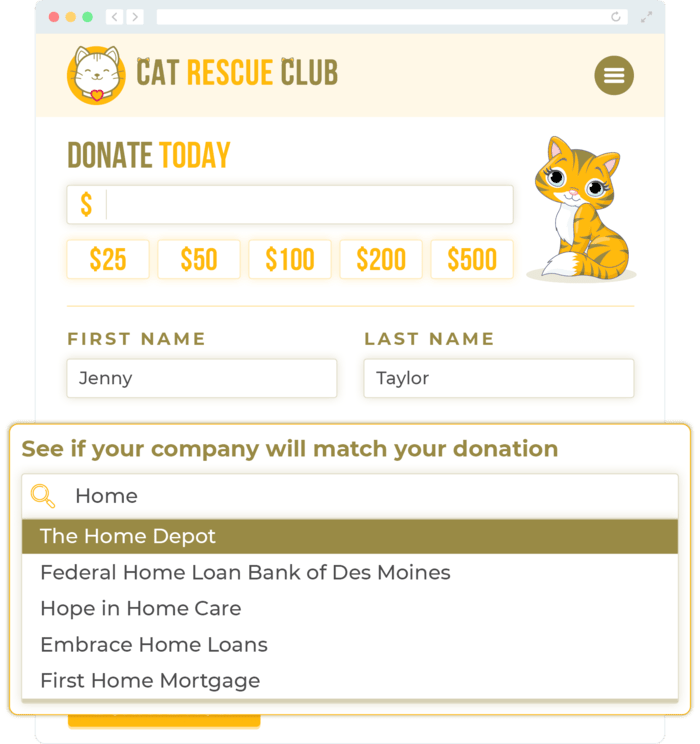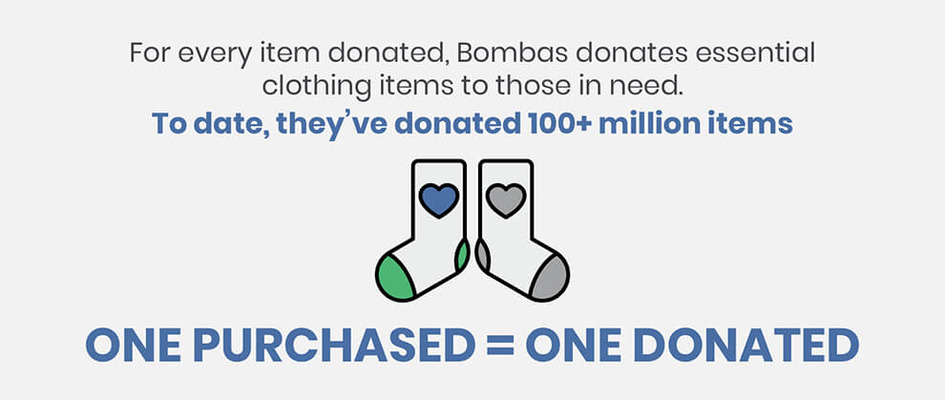5 Ways You Can Streamline College Admissions with Texts
These days, a significant portion of college life happens on students’ phones. On average, students spend almost 95 minutes a day texting—meaning that if you want their attention, you need to meet them there. This is true for both current and prospective university students.
Fortunately, the applications and uses for higher education SMS are limitless. From recruitment all the way to graduation and beyond, text messages can help you deliver a better and more engaging student experience.
In this guide, we’ll focus on where text messages fit into the admissions process. We’ll discuss how the right strategies and technology can boost efficiency and help you build relationships with prospective and admitted students. Let’s dive into five ways you can leverage SMS for admissions.
1. Connect with prospective students.
Text messages are the perfect communication channel for getting prospective students’ attention and building genuine relationships that make them interested in learning more about your school.
But why should you opt for texts instead of traditional channels like email or direct mail? Mogli’s SMS marketing guide explains that texts are the best choice because they’re easy for recipients to read and easy for your team to send with an intuitive text marketing app. Plus, SMS messages have an impressive 98% open rate, meaning recipients are much more likely to open your text messages than emails.
To leverage this channel to connect with prospective students, you might use texts to:
- Send a survey asking recipients how interested they are in your school and how likely they are to apply.
- Send an automated text to everyone who attended an admissions event expressing how glad you are they attended.
- Share links to student testimonials or blog posts on your college website that give prospects a positive impression of your school.
- Respond to text messages from prospects to answer their questions and further engage them.
Ideally, you should build out a strategic SMS campaign cadence for prospects so you don’t overwhelm them with too many messages in a short time. For instance, you might use a content calendar to space out messages across the fall semester or use automation tools to set up certain prospect actions that trigger relevant messages.
2. Send application reminders.
Most applicants aren’t just applying to your school—they’re likely deep into their college search and may feel overwhelmed with all the applications and details they need to keep track of. Help out prospective students and encourage them to apply by sending simple text reminders about upcoming deadlines, the status of their applications, and other important announcements.
Plus, using the best SMS marketing apps, you can easily automate messages for certain groups to streamline these reminders. For example, you might segment prospective students in your database based on their:
- Application status: Create groups of prospects who have submitted applications, those who started them but have not finished, and those who sent in applications with missing information. You can send requests for missing application data and remind those in the “started” category to finish by the deadline.
- Level of interest: Consider sending out a text survey that asks about prospects’ interest levels, then grouping them based on their answers. Those who are the most interested will want more frequent application reminders, while students who aren’t sure will need a more strategic approach.
- Potential field of study: If you have multiple applications for different colleges or programs within your university, applicants will need to remember to fill them out before the deadline along with their main application. Send targeted reminders for those with an interest in specific schools so they don’t forget.
Setting up automated reminders saves your staff time, keeps prospective students in the loop, and delivers a better overall admissions experience. Even if they apply to five other colleges, these messages will give them a positive impression of your school that they’ll remember when it comes time to make their decision.
3. Respond to questions quickly.
One-to-one text messages open the door for impactful two-way communication, empowering prospects and admitted students to ask questions and bring up concerns directly to your admissions team. Instead of leaving applicants and students in the dark or losing their questions in mountains of emails, you can answer with a quick text.
When you receive a question via text, any of your team members can respond quickly to get students the information they need to navigate the admissions process with ease. With a unified SMS app that integrates with your CRM, all relevant team members can see and respond to text conversations at any time. Follow-up questions will stay organized in the same text thread so no data gets lost in the shuffle.
Get a question you can’t answer? Pass their text message along to the financial aid team or the appropriate counselor. You can even direct prospects to pages on your website with more information by sending them a link directly.
4. Provide real-time application updates.
As every admissions counselor knows, applicants have a lot on their plates. Their future often feels unclear until they know if they’ve been admitted to their top school and made their decision, and they feel this pressure acutely. Anything you can do to ease their minds during the application process and keep them as up-to-date as possible will help.
One easy way to do so is to send real-time updates about general admission, financial aid, and scholarship applications via text. Applicants can read all the details in their emails, but they’ll greatly appreciate an immediate text alert when their application status changes.
For example, you might send the following texts to update applicants:
- Andrew, we just received your application for the Singh College of Business. We’ll let you know if we need any more information. Otherwise, you’re all set!
- Hi Andrew, it looks like we’re missing your FAFSA information. Could you please edit your application in our portal here to complete it? Thank you!
- Congratulations, Andrew! Your application for Singh College has been accepted! Please check your email for more information. We’re so excited to have you!
The easiest way to send these texts is to integrate your text automation tools with your CRM or application management software. If you go this route, Acceptd’s application management software guide suggests finding a solution with intuitive progress tracking features. This way, you can set up automated messages based on application progress and status changes.
5. Support new students in their transition into college life.
With the right SMS strategies, you can engage students with text messages throughout their entire journey with your university, from prospect to full-time student to alum.
Don’t stop texting students once they’re admitted! Use SMS to help them prepare for the transition to college life during the summer and throughout their first semester. For example, you might send the following message to students admitted to your liberal arts program in July:
Langston, are you getting excited about coming to campus yet? We can’t wait! 🎉 Check out our blog post about the most important dorm supplies to pack here.
You can use messages like this to send reminders about room assignments, blog posts to ramp up excitement, and more. Put yourself in the shoes of incoming freshmen and write messages that speak to their needs, emotions, and concerns about coming to college.
All of these tips will help you connect with prospective and admitted students in the format that they’re most comfortable with—texts. Best of all, the power of texts extends beyond the admissions process. You can use SMS to improve your university’s fundraising, alumni engagement, student communications, and so much more.




